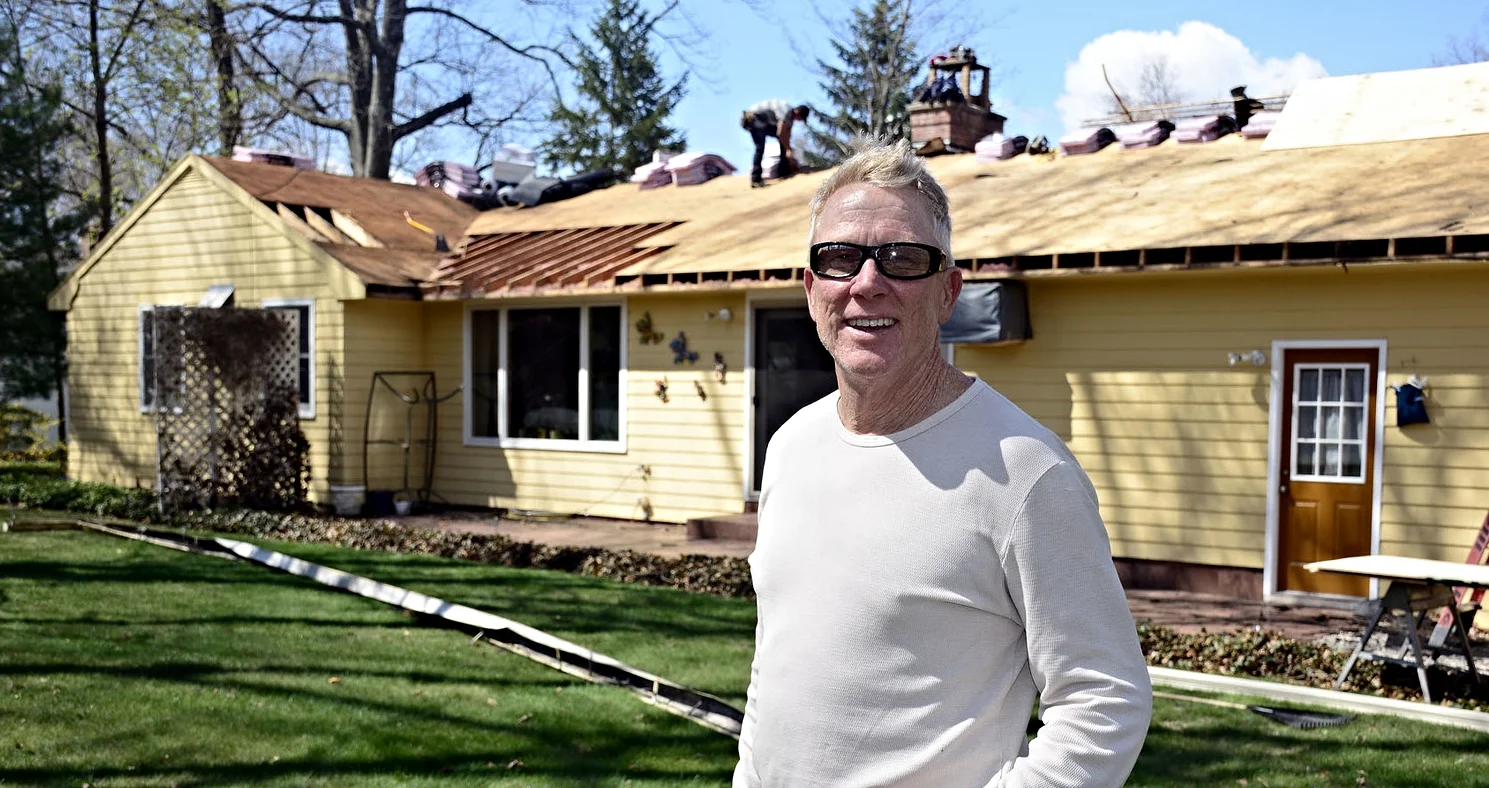Ceiling Cracks - A Telltale Sign of Hidden Danger in the Home
Chelsea O'Donnell
After 40 years in the remodeling business, I have seen my fair share of hazards and hair-raising discoveries inside of people’s homes. My reminiscing got me thinking that some of these stories might resonate with readers who delay having problems fixed for fear of what might be found. While major problems can sometimes be costly and disruptive, leaving an issue to fester can cause more damage down the line and could even end up affecting your health.
I’ll never forget one summer when I got a call from a woman in Bristol who told me her roof was leaking. You wouldn’t think this seemed odd considering that I am a roof remodeler, but it hadn’t rained in a month. I mentioned this to the caller and she said, “Well I can’t be sure where the water is coming from, but my dining room ceiling just caved in.”
I hung up the phone and immediately made my way over to her house. Sure enough, when I arrived, a pile of sheetrock and plaster was already being amassed on her front lawn. Upon entering the house, I found that she was not exaggerating. The ceiling had completely crumbled, leaving a soggy mess of remnants all over her dining room set.
I first asked to see the bathroom on the second floor and I was told there wasn’t one. So I climbed into the attic and gasped when intense heat hit me in the face. I also noted two air conditioning units in the dining room - one in each window. I asked the homeowner about the air conditioners and how often they were used. It turned out that she had them on full power almost constantly to try and regulate the temperature because the top floor of the house was so hot.
It was easy for me to see why the homeowner’s ceiling fell in. A lack of insulation and ventilation in the attic was causing the house to heat up to an uncomfortable level. The homeowner tried to combat this problem by cranking up her A/C. By doing so, she was creating major condensation in the walls and ceiling of the home.
When hot and cold air collide they cause moisture which gets into plaster, sheetrock, and even wood. That moisture then generates mold spores that literally eat away at the ceiling and walls. Her 1950’s Cape Cod home was like most in our area, constructed with such poor insulation and ventilation that they are susceptible to rot. A surefire sign of trouble for this homeowner was cracking in the ceiling, which is the first sign of a problem. Instead of calling me then, her husband tried to mask the problem using those 12x12 ceiling panels that you often see in doctor’s offices. He meant well but the attempt at a cosmetic repair only added another layer of material for the moisture to seep into.
The moral of the story is this. If your home has temperature issues, do not ignore the problem. By not addressing the humidity and moisture in your home, you could end up with major structural damage or worse. If that’s not enough to convince you, mold and mildew are leading causes of asthma and breathing problems, especially in young children and the elderly. Is it worth putting your family’s health at risk?
Bob O'Donnell is the owner of O'Donnell Bros, Inc., a Bristol-based home improvement company established in 1975. Email your questions for Bob to info@odonnellbros.com with the subject line “Ask the Pro”. All questions may be considered for publication. To contact Bob for your remodeling needs, call O'Donnell Bros, Inc. at (860) 589-5155 or visit www.odonnellbros.com. Advice is for guidance only.
